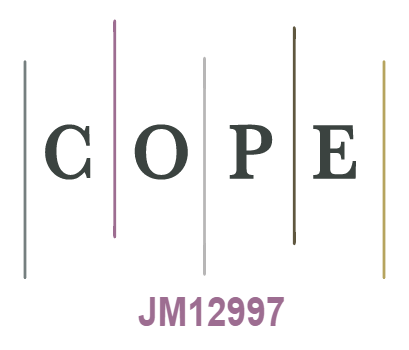Patterns of Second Home Use in Croatia
Abstract
Second home use as a specific dwelling practice has a long history in present-day Croatia. The number of second homes has been continuously growing in Croatia for more than 50 years, regardless of the long-term economic crises and regressive socio-historical processes. In this article, based on empirical data collected by a survey and the most recent national Census, we explore the basic features of the second home phenomenon at the national level focusing on characteristics of second home users, patterns of second home location and frequency of use. The obtained data shows that Croatian households that own a second home represent a heterogeneous group and that this phenomenon is not associated exclusively with affluent and/or retired households. Furthermore, second homes are more often located in a certain type of settlement – peripheral, rural and settlements with less than 500 inhabitants are more desirable locations and more than half of the respondents use their second homes occasionally throughout the whole year. The article ends with the conclusion that the heterogeneity of households that own a second home can help reduce social distance and facilitate social interaction between temporary and permanent residents.
Keywords
second homes; temporary inhabitants; local development, Croatia
Full Text:
PDFViewing Statistics
- Abstract - 278
- PDF - 107
Copyright (c) 2017

This work is licensed under a Creative Commons Attribution-NonCommercial-NoDerivatives 4.0 International License.
Međunarodna licenca/ International License:
Imenovanje-Nekomercijalno/Attribution-NonCommercial
Pogledajte licencu/View license deeds
Print ISSN 1330-0288 | Online ISSN 1848-6096



